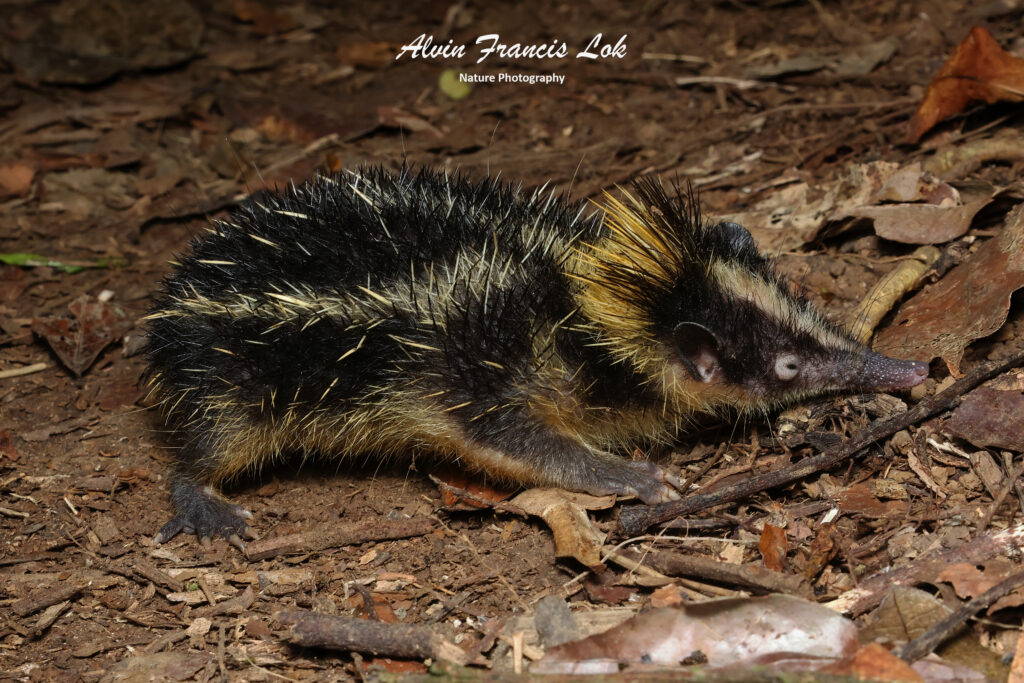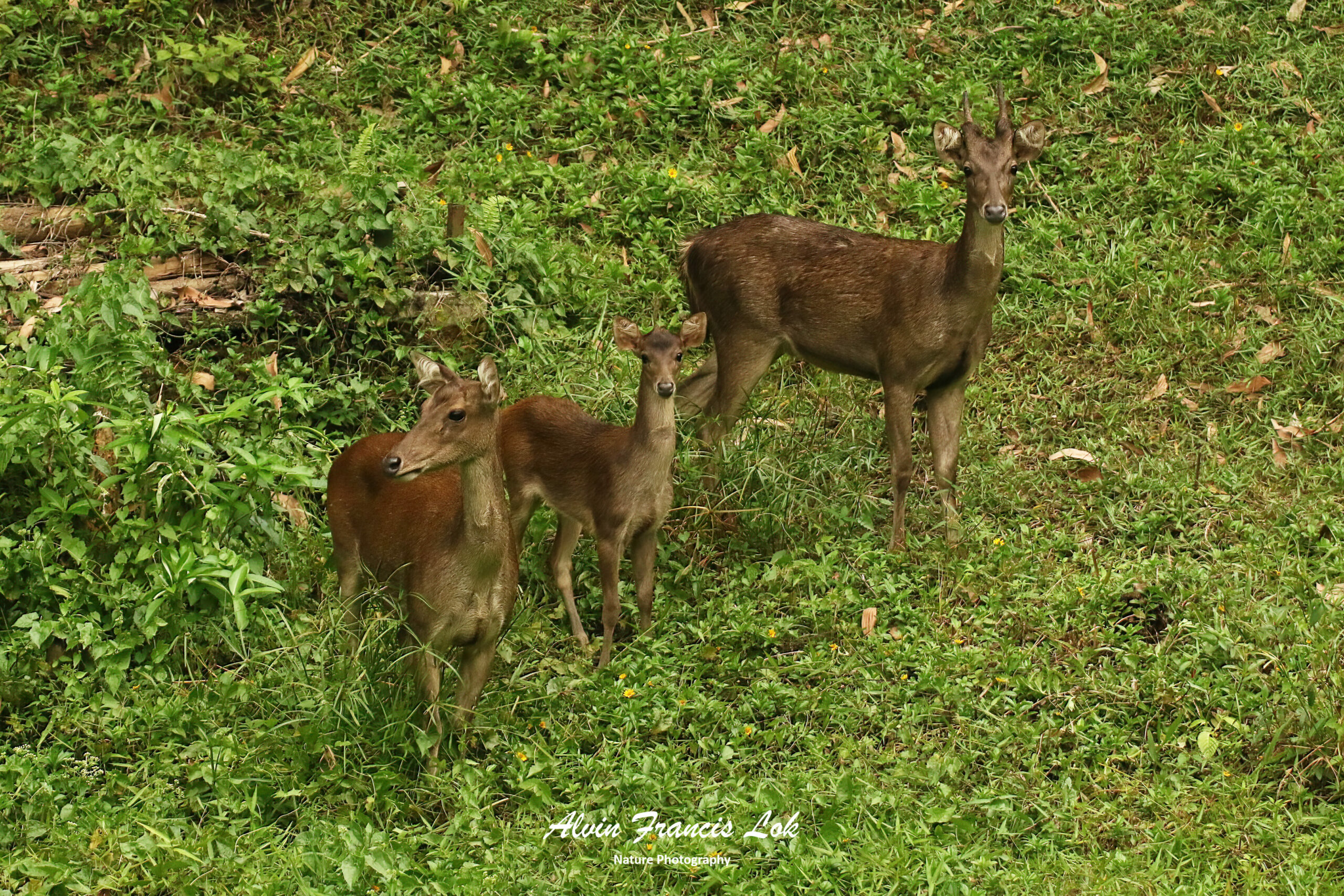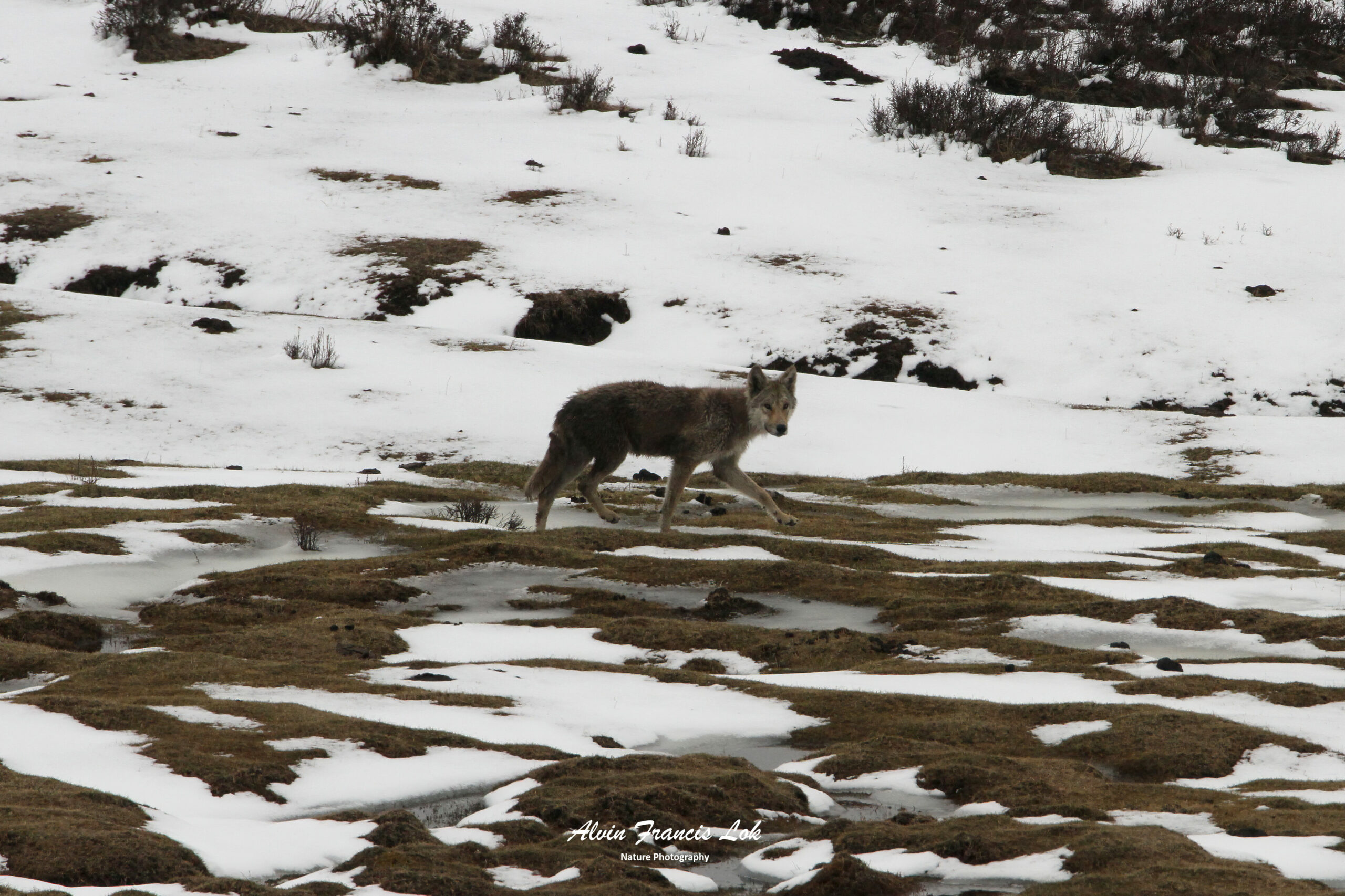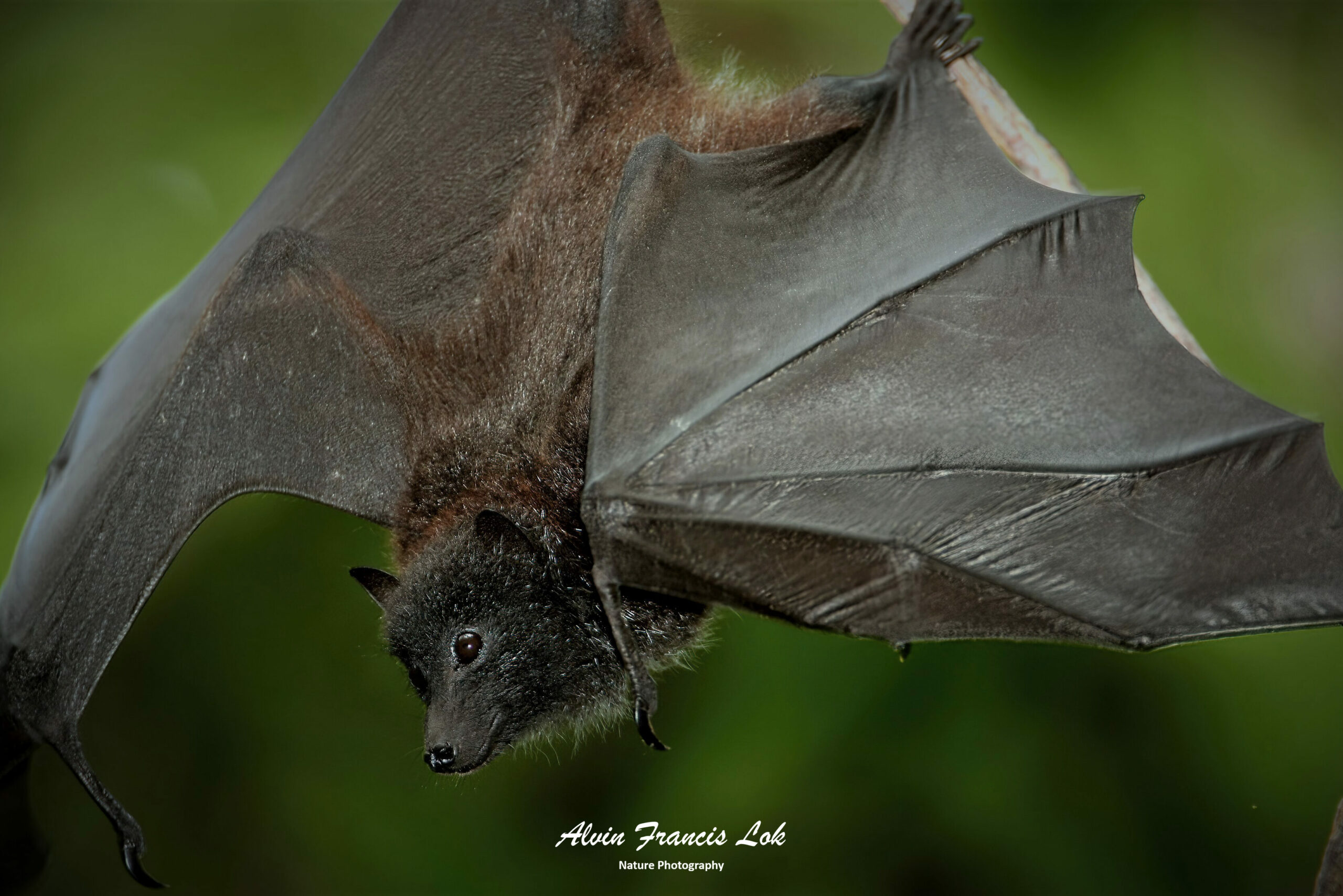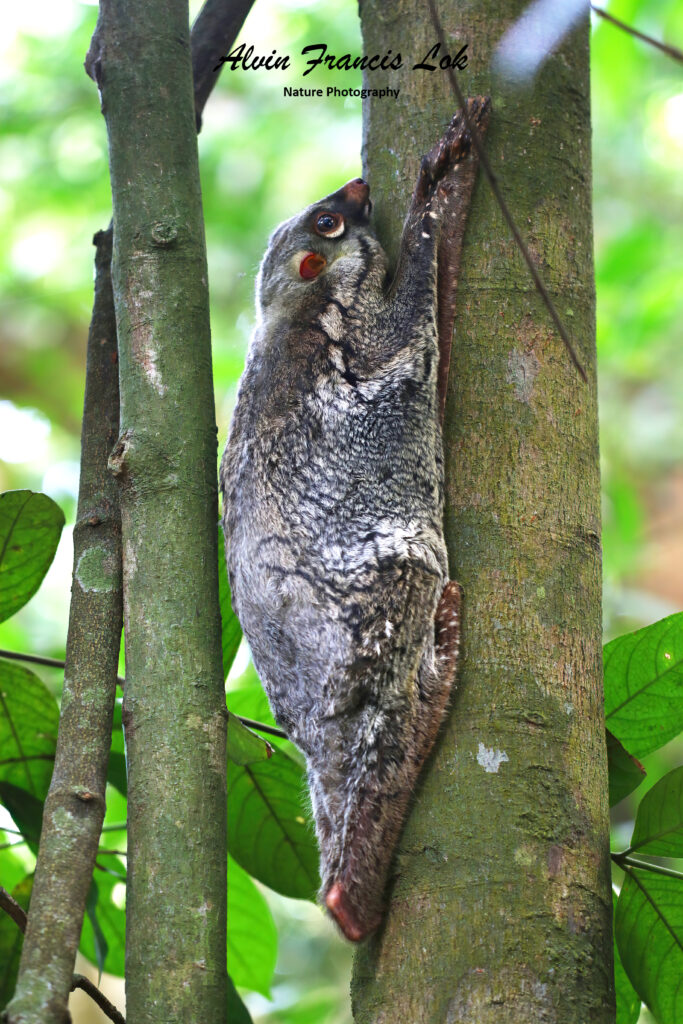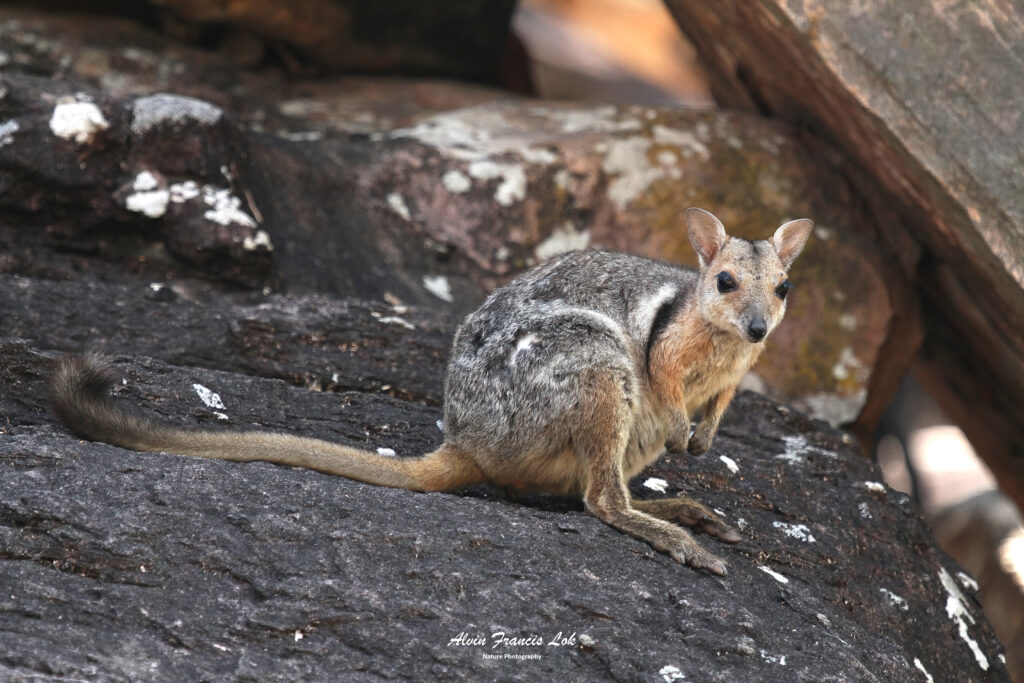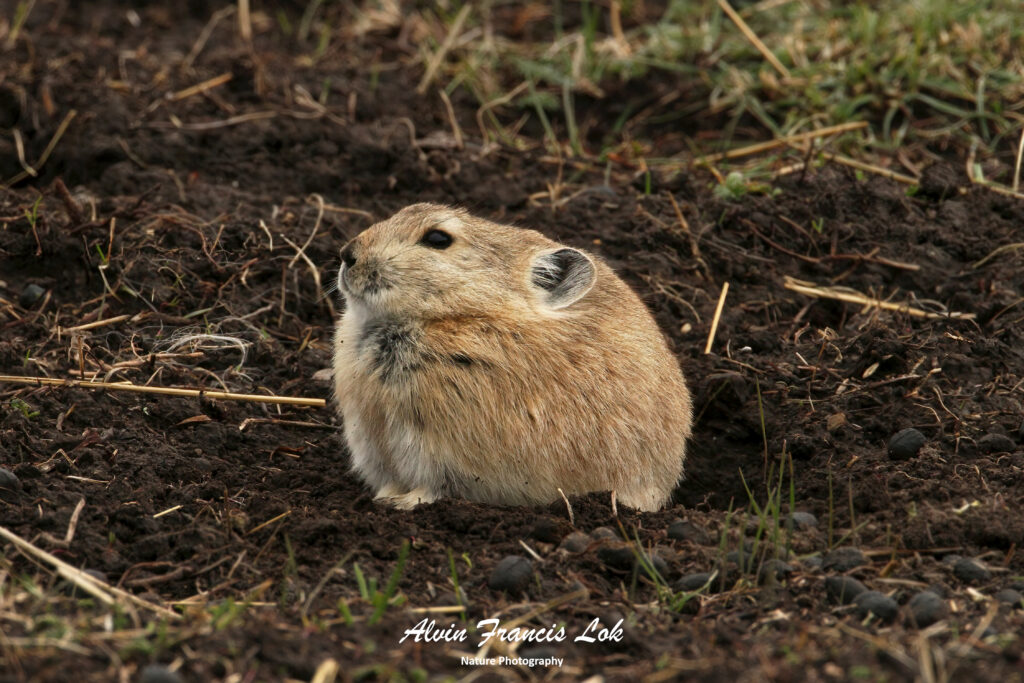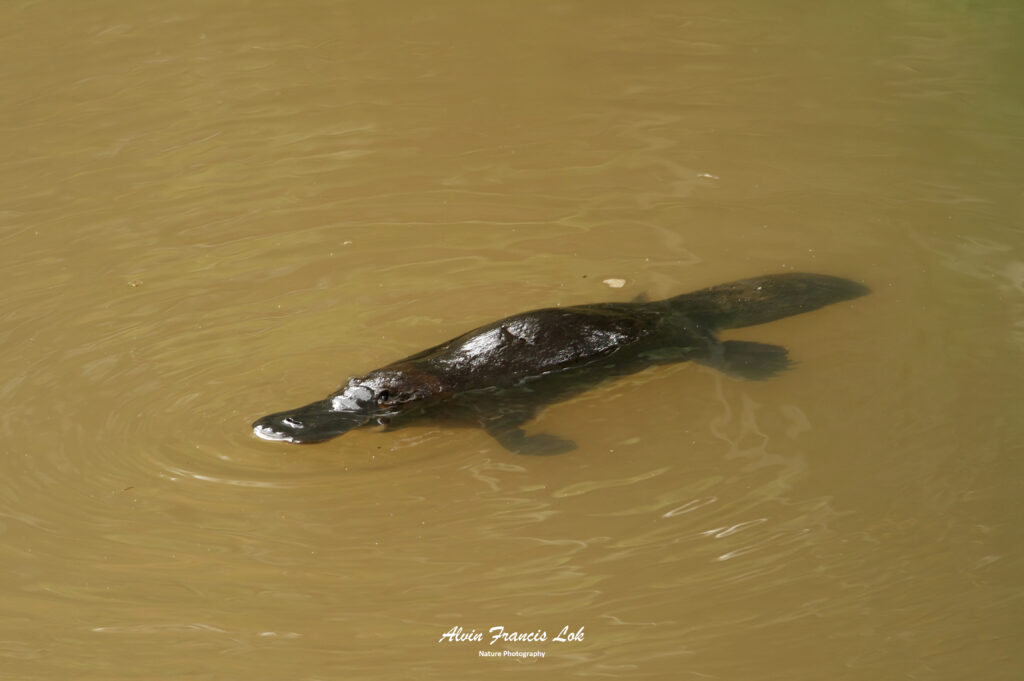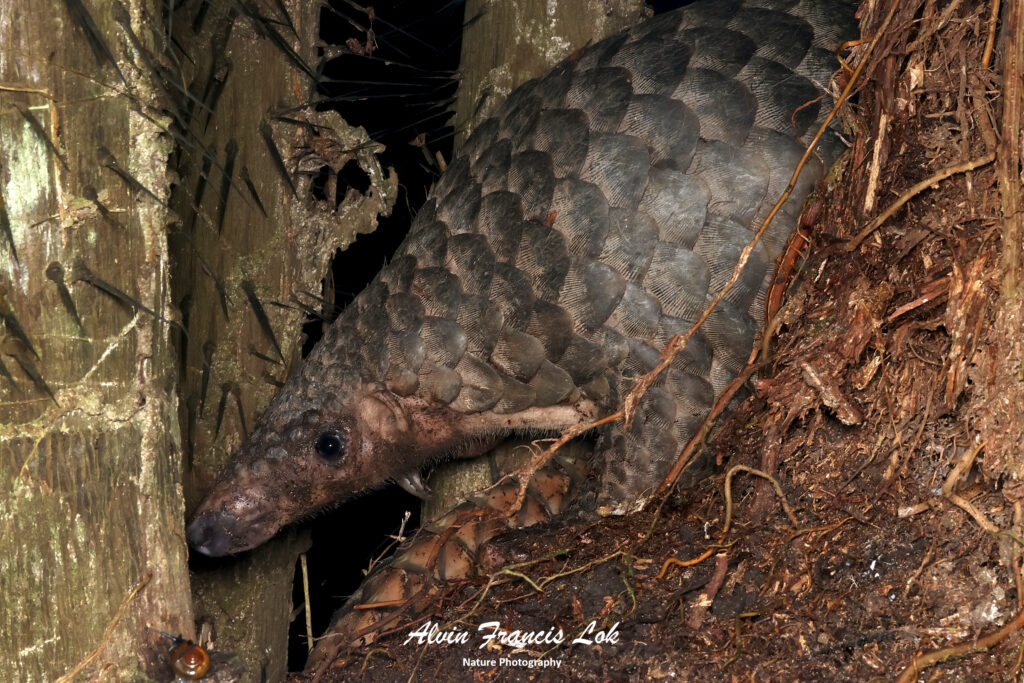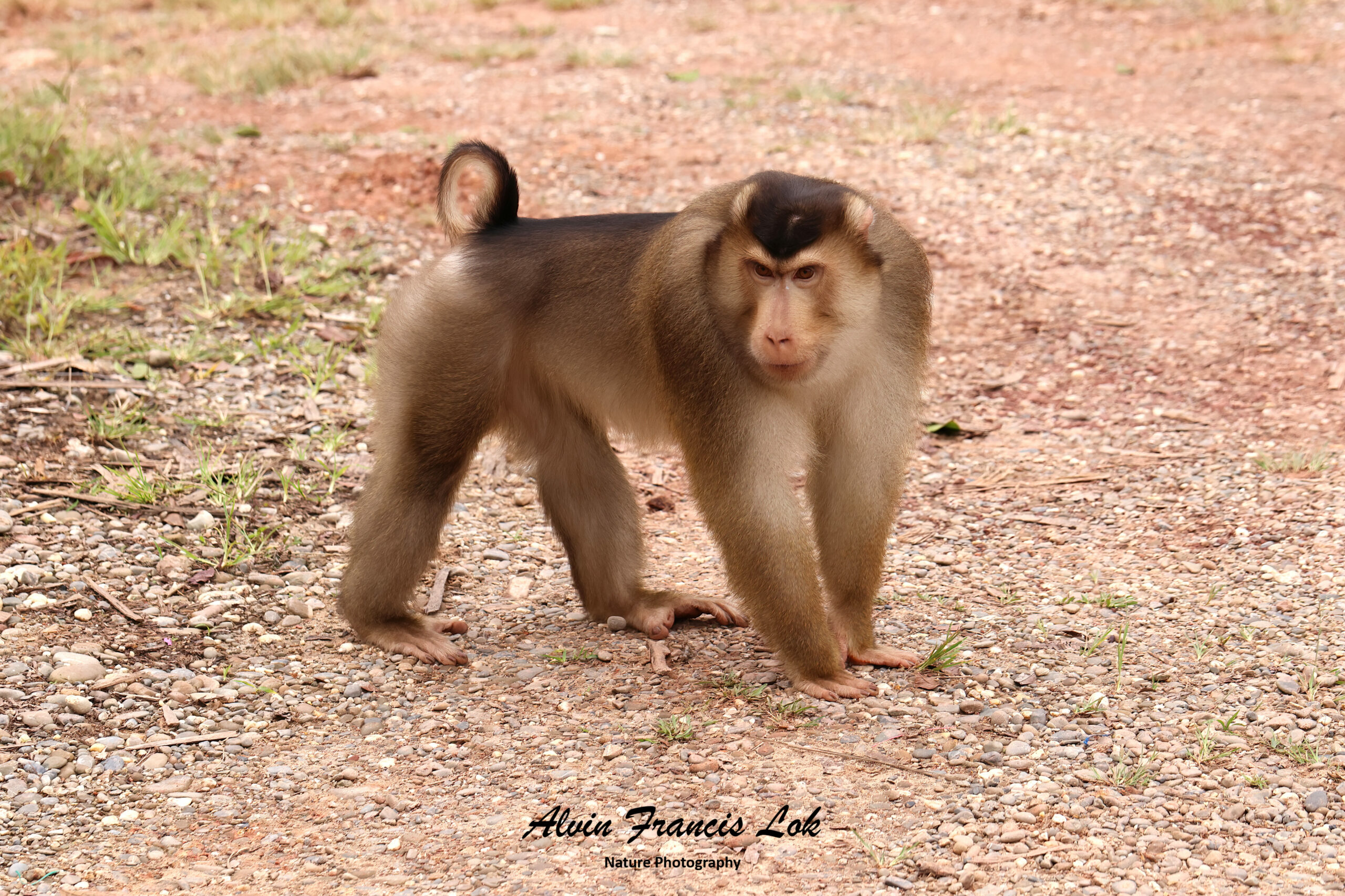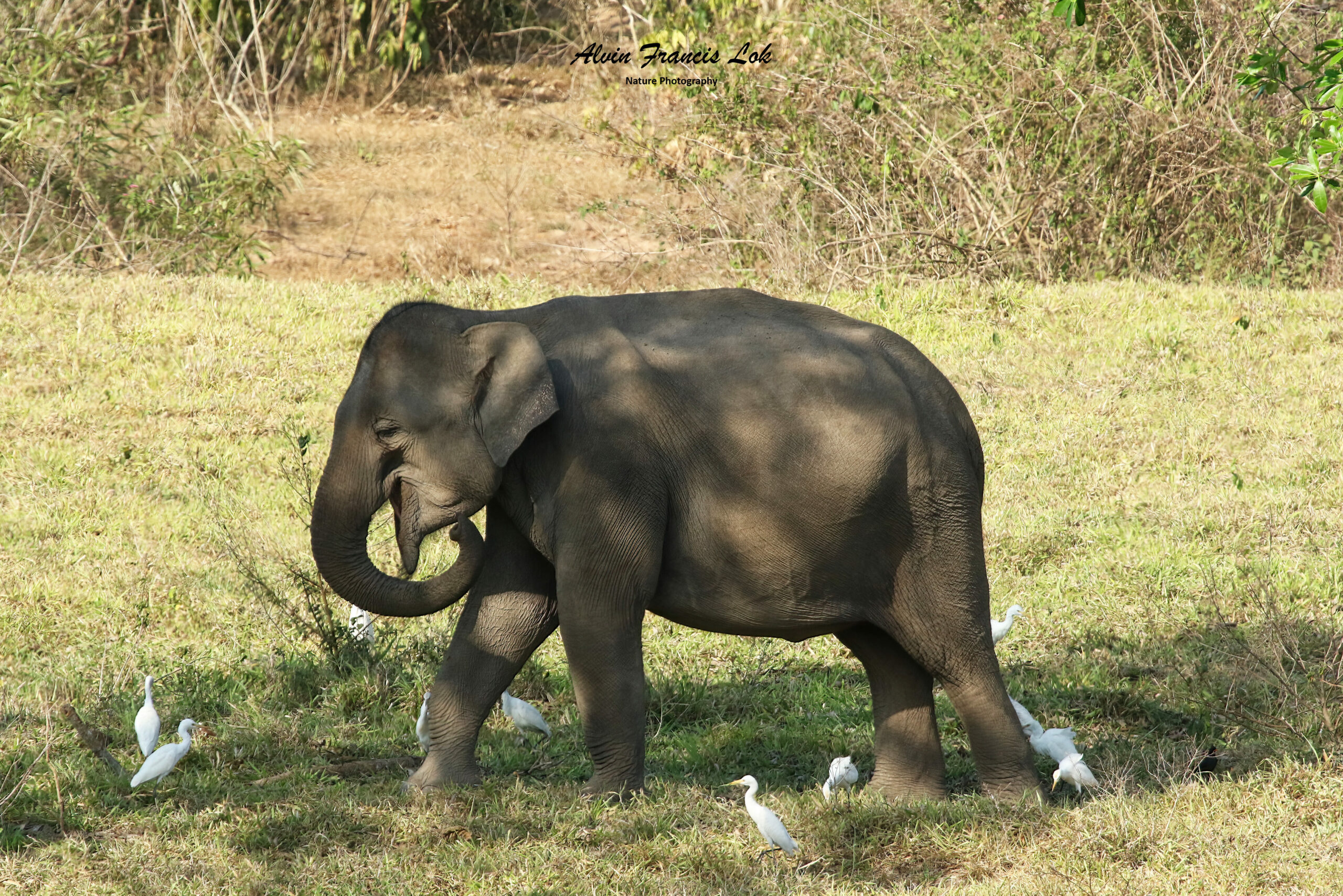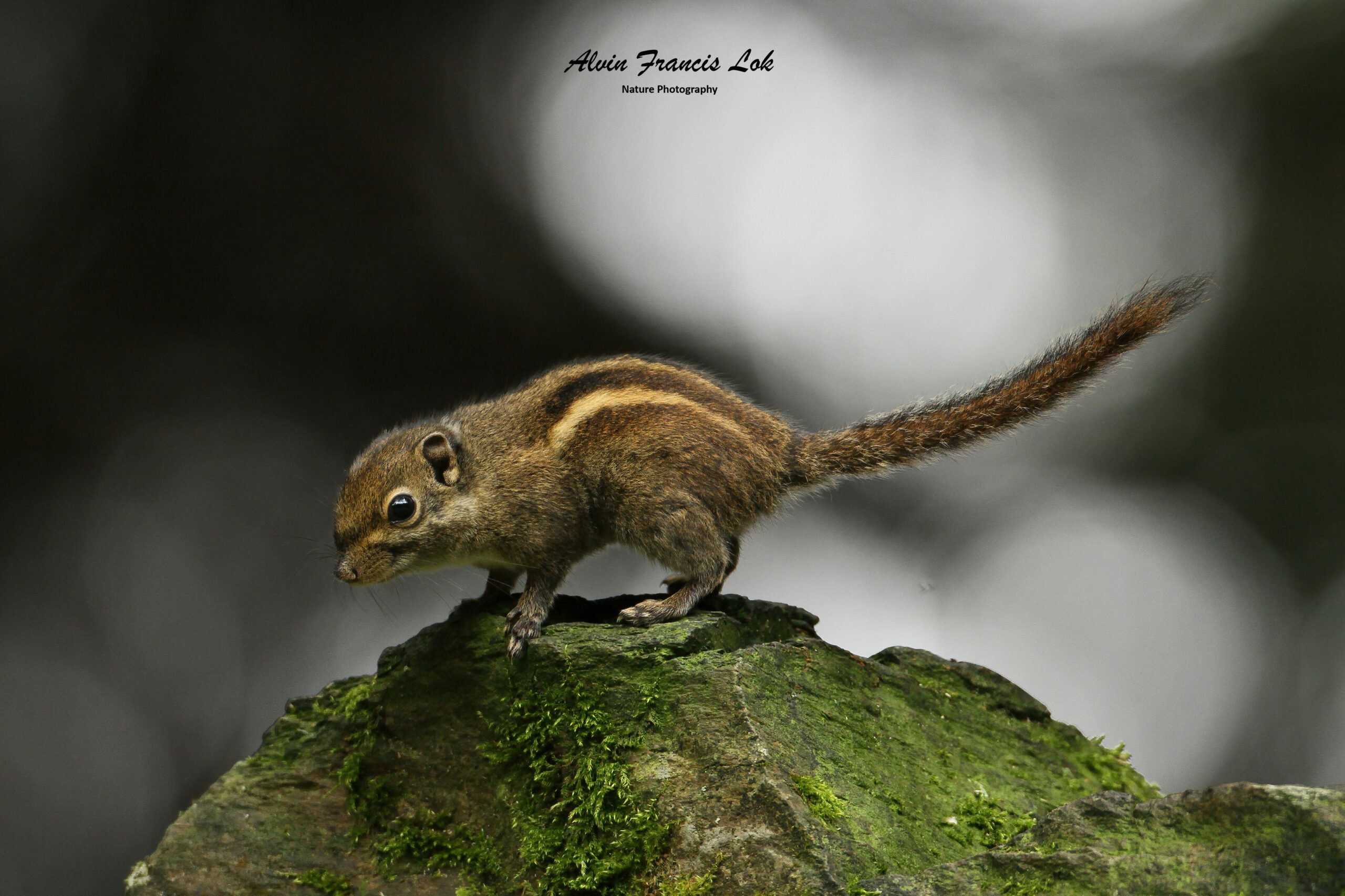A mammal is a vertebrate animal of the class Mammalia, characterized by the presence of milk-producing mammary glands for feeding their young, a neocortex region of the brain, fur or hair, and three middle ear bones. There are around 6,400 species of mammals, in 29 orders.
The largest orders of mammals are rodents, bats, and Eulipotyphla (including hedgehogs, moles and shrews), followed by Primates (including humans, monkeys and lemurs), even-toed ungulates (including pigs, camels and whales), and Carnivora (including cats, dogs and seals).
The typical terrestrial mammalian body type is quadruped, and most mammals use their four extremities for terrestrial locomotion, but in some cases these four limbs have been modified for life in the marine environment, for flying, for arboreal locomotion or for subterranean burrowing.
All modern mammals give birth to live young, except the five species of monotremes, which are egg-laying mammals. The most species-rich group of mammals are the placentals, which have a placenta, enabling them to feed their fetus during gestation.
